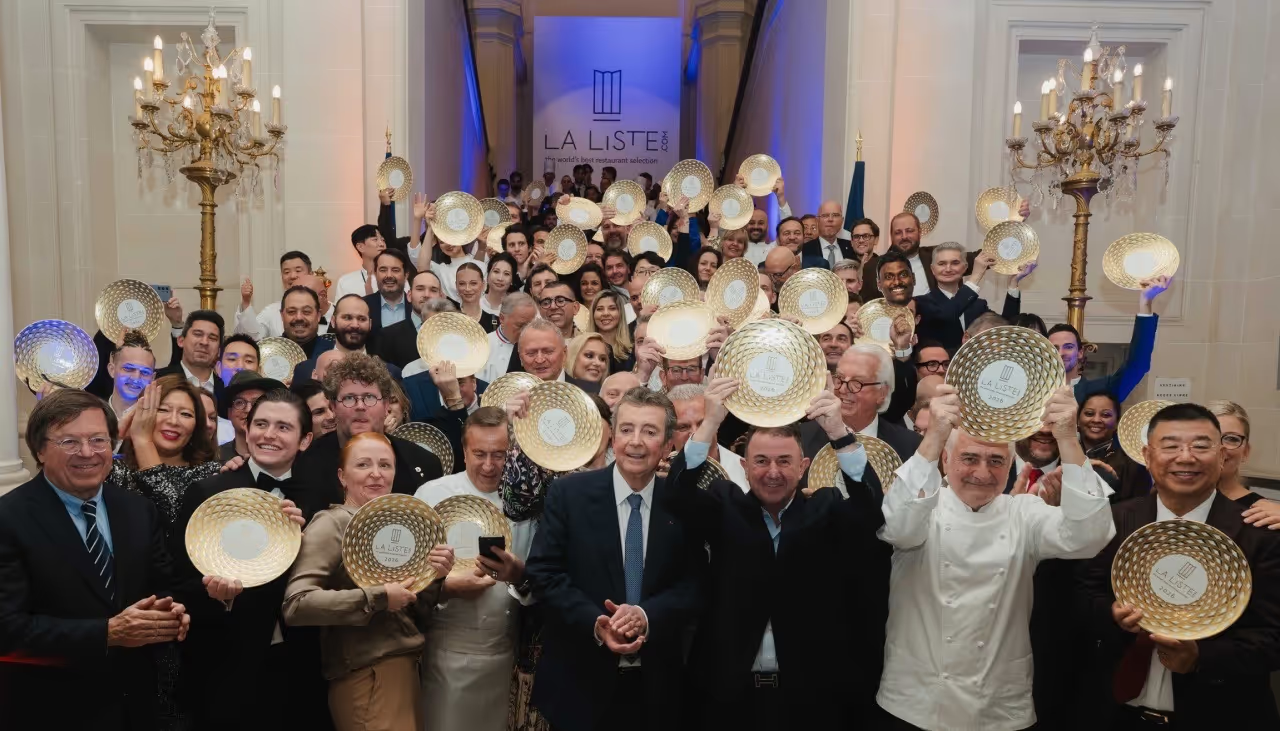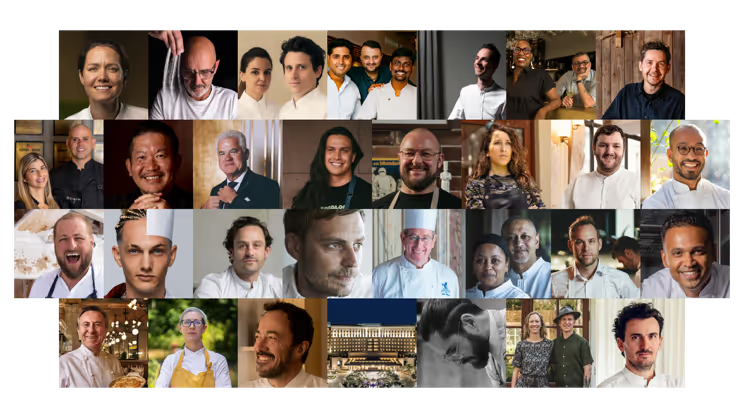
For its 10th anniversary, LaListe unveils the 2026 Top 1,000 Restaurants, its Special Awards, and the key trends reshaping the global geography of taste.

To mark its tenth anniversary, LaListe reveals the 2026 global ranking, the result of analyzing more than 1,100 international sources: national and regional press, expert guides, and specialized digital platforms (notably customer review sites).
For the first time, ten restaurants from eight different countries share the No. 1 position, illustrating a gastronomic world that is more diverse, competitive, and fluid than ever before. This shared podium demonstrates the global distribution of excellence, shifting centers of influence, and the emergence of a new international balance of taste.

Equally important as the Top 1000 ranking, LaListe’s Special Awards honour diversity, excellence, creativity, commitment, courage, and the industry’s capacity for reinvention.
For 2026 LaListe presents: 14 awards recognizing 37 winners over 20 countries.

Key trends shaping 2026
Robuchon au Dôme reaches the top position under Chef Julian Tongourian, representing a new generation capable of evolving a legendary culinary heritage. Led by Ely Michel Ruimy, a London-based investor of Moroccan origin, the Robuchon group pursues a rare and meticulously controlled international expansion: maintaining a global culinary brand after the loss of its founding chef. Contrary to claims that Robuchon cuisine has become “already seen,” the data shows it remains one of the most admired and desirable restaurants in the world.
Chefs such as Björn Frantzén (Frantzén, Stockholm) and Eric Vildgaard (Jordnær, Copenhagen) anchor the region as a structural force in contemporary haute cuisine.Their success rests on a robust ecosystem of innovation, design, technical precision, and long-term vision supported by both public and private stakeholders.
Björn Frantzén receives the 2026 Innovation Award, reinforcing this momentum.
Switzerland, Germany, Austria, the United Kingdom, and Northern Italy continue their upward trajectory. Less publicized but highly consistent, these regions demonstrate how technical mastery, knowledge transmission, and economic stability remain decisive levers of excellence.
The Gastronomy Observer notes that post- “Gastrocalypse”, the grand restaurant model is evolving: luxury is becoming more relaxed, with a nostalgic return to simplicity.
LaListe data confirms Asia’s transformation into a major global gastronomic center.
For decades, Chinese, Japanese, and Korean cuisines were reduced to low-cost exoticism. That era is over. Today, luxury hotel groups such as Shangri-La and Mandarin Oriental invest heavily in high-end Asian dining, while chefs such as George Chen (Eight Tables, San Francisco) and Simon Kim (Cote, New York) are defining a new standard: technical excellence, architectural sophistication, and pricing aligned with Europe’s top establishments.
The culinary language of the 21st century is spoken in Mandarin, Korean, and Japanese.
According to the LaListe’s Gastronomy Observer for 2025/2026, a second wave is emerging across Southeast Asia, notably led by Indonesia, Malaysia, and the Philippines – positioning the region as the next major destination.
The United States continues to drive a model blending gastronomy with entrepreneurial creativity. Meanwhile the Middle East (Dubai, Riyadh, Doha) are shaping a new market where international hospitality, spectacular architecture, and ambitious budgets redefine the notion of what a gastronomic destination can be.
One of 2026’s defining themes is the growing dominance of restaurants embedded within leading independent hotels and global luxury groups. With strong investment and a holistic approach to guest experience, they transform dining into full cultural destinations and redefine the relationship between hospitality and haute cuisine. This phenomenon is analyzed in depth in the LaListe’s Gastronomy Observer, where it appears as one of the five major drivers of sector transformation.
LaListe 2026 reveals a rapidly changing landscape: global gastronomy has never been more fragmented, mobile, and creative.From the reinterpretation of heritage to Asia’s ascent, economic restructuring, and European technical rigor, the global center of taste is shifting and being redefined.